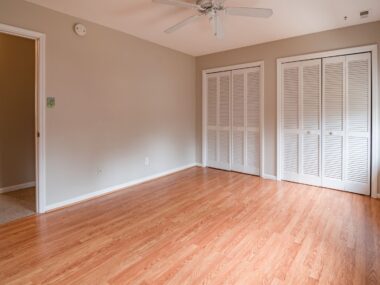Windows adds more than beauty to a home; it can also improve energy efficiency and enhance security.
Make the switch to double or triple pane windows to lower energy costs and keep out cold air, while still letting in natural light and blocking harmful UV rays. They’ll even help protect from unwanted pests!
Learn the U-factor and solar heat gain coefficient (SHGC) of your window to assess their ability to block heat flow into your home.
Type of Home
Windows are an integral component of home design and have the potential to greatly influence energy efficiency. Therefore, it is vital that you conduct adequate research into which window would best complement your specific home and architectural style – this will improve comfort while saving energy while making your house even more beautiful!
If you own a historic property, using windows that complement its style may add both aesthetic appeal and reduce the risk of causing irreparable harm.
One essential consideration when choosing window openings is their type. There are various window styles available, such as double-hung, casement and sliding. While all allow air circulation, your decision of type can determine how much airflow occurs.
Double-hung and casement windows tend to work best with traditional or colonial home styles, while sliding windows look fantastic in contemporary homes. Other popular choices for windows include transom windows – which act both decoratively and functionally above doors – as well as clerestory windows that let in natural light without compromising privacy.
Finalize the decision about frame material and color by consulting manufacturers’ offerings of wood, aluminum, or PVC frames. When possible, avoid selecting frames which require regular refinishing or staining because this can add significantly to both cost and maintenance timeframes.
Style of Home
Windows are an integral component of both aesthetic and functionality in any living space, providing natural light while simultaneously adding visual interest and providing protection from the elements. As such, it’s crucial that you take time in selecting windows that complement your personal style and will provide your space with optimal living conditions.
One of the first considerations when designing your house should be how much natural light you want in each room. Large windows like bay and picture windows bring in ample natural light, creating open and airy spaces ideal for kitchens, living rooms and dining areas. Smaller clerestory windows add architectural interest while still letting light filter in through walls.
An important consideration when purchasing windows for each room in your home is how each room will be utilized. Do you enjoy entertaining guests in your living room, or are you more drawn to having a cozy reading spot that provides views of your backyard? Depending on how each of these answers play out, different window types might be necessary.
Consider which operating style best meets your needs. While traditional single-hung windows remain the go-to choice for many homeowners, many are increasingly opting for double-hung models due to their versatility and energy efficiency. Furthermore, money-saving features like low-emissivity coatings or gas-filled interiors help cut heating and cooling costs significantly.
Consider factors such as the size and orientation of your home, your desired level of natural light, and your overall aesthetic preferences when selecting replacement windows best options for Ottawa residents.
Budget
Replacing multiple windows at once and choosing their style can have a dramatic impact on their cost, as will any additional features like energy efficiency or custom grids you include in them. Therefore, creating a budget in advance can help guide decision making processes and help prevent overspending on windows.
Window frame materials play a critical role in the total cost of any project, from vinyl windows being more cost-effective to solid wood windows which offer luxurious looks but may be costly to repair or replace. Energy efficient options like double pane glass with low emissivity coatings have the potential to reduce household energy bills by as much as 12 percent each year and save you money over time.
Selection and configuration of windows is crucial to the success of any renovation. No one wants windows that clash with their current home’s layout or appear odd in it; generally speaking, installing similar sized and shaped units to existing units creates the best aesthetic result. Also important when placing new windows is how they’ll be placed on walls – some homeowners choose ganging windows together rather than separating them with walls or architectural features.
Energy Efficiency
Windows are one of the biggest energy drains in your home, especially during winter when heating costs can become very expensive. According to MidAmerican Energy Company, keeping your house at 68 degrees can save 8% or more off your utility bill; so selecting energy-efficient options throughout your house is vitally important.
Energy-efficient windows feature insulating properties that help your indoor temperatures remain constant throughout the day and night without needing as much heating or cooling, lowering energy bills while contributing towards sustainability efforts by decreasing greenhouse gas emissions into the atmosphere.
Your choice of window and frame material has a great deal of effect on the energy efficiency of your home. Energy-efficient windows typically feature double or even triple panes to provide additional insulation from heat transfer; some also come equipped with low emissivity (Low-E) coatings and gas fills between panes that further minimize heat transfer. You should look out for windows bearing an ENERGY STAR label to verify they meet certain standards for energy savings and insulating performance.
Energy efficiency can also be increased by selecting various window styles for different sides of the house. For instance, north-facing windows should feature high solar heat gain coefficient (SHGC) ratings in order to block summer sun and minimize heat loss; on the other hand, south-facing windows should come equipped with lower U-factors so as to limit heat gain.






